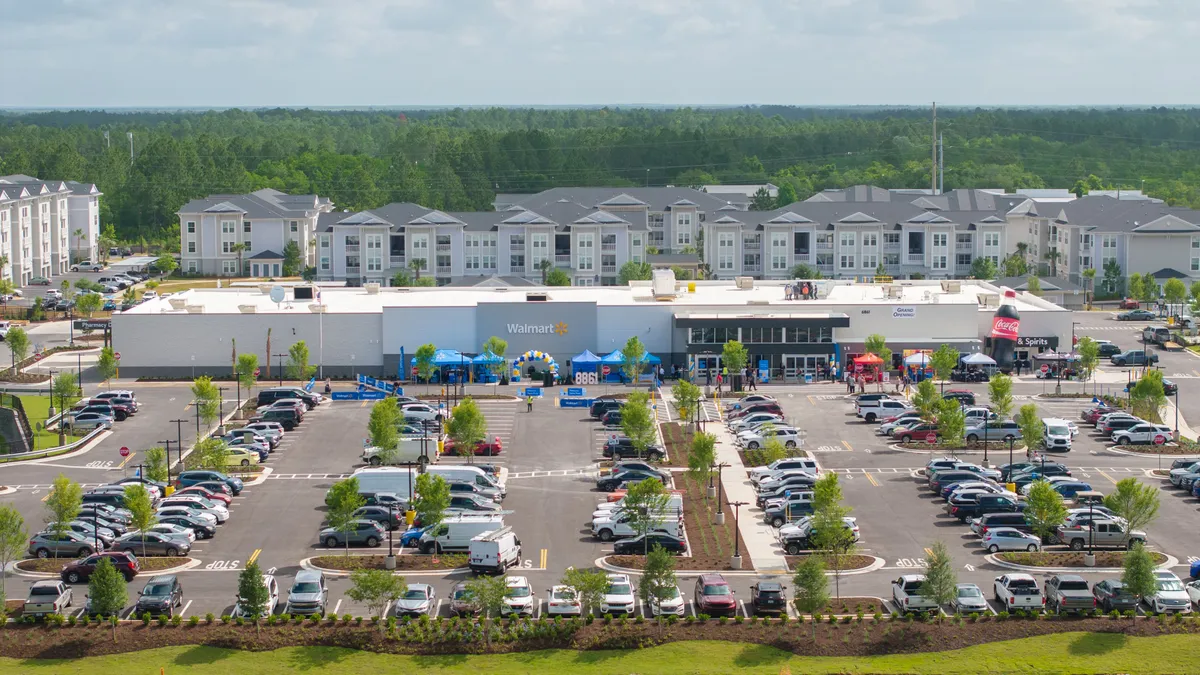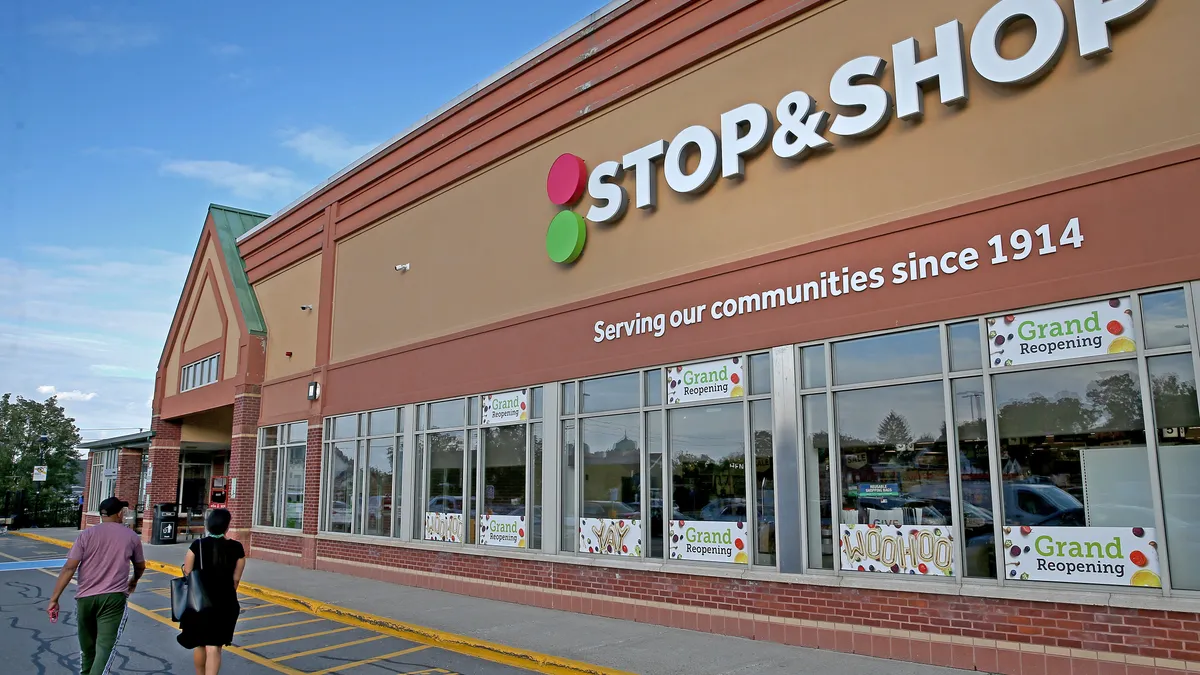Dive Brief:
- Regional grocers are struggling to stay afloat in an increasingly competitive industry, creating an opportunity for national chains to buy up brands and shuttered stores, according to The Wall Street Journal.
- Marsh, Central Grocers and small chains like Brennan’s and Gordy’s have either closed stores or sold to national competitors of late. Kroger and Fresh Encounter recently bought 26 of the 44 Marsh stores for sale.
- Last year there were 25,380 full-service grocery stores with $2 billion in yearly sales — a 6% drop from the year prior, according to research and consulting firm Inmar Willard Bishop. By 2021, the firm expects that number to drop to 19,000.
Dive Insight:
In the heavily crowded U.S. grocery market, regional chains have it especially rough. Squeezed by alternative formats like dollar stores, convenience stores and discounters, as well as national chains, these supermarkets are losing customers and often don't have strong financial backing on which to fall back.
Marsh, which used to be a dominant player in the Midwest grocery market, failed to muster a timely response to competitors that encroached on its turf over the past decade. When it did finally respond, the company overextended itself with new stores and remodels rather than retrenching and focusing on the basics. Likewise, Central Grocers’ wholesale operations along with its Strack & Van Til and Ultra Foods locations bowed to competitive pressures in what has become a bloodbath for traditional grocers.
“In grocery retail today, you have to stay out of that unsustainable middle ground,” Craig Rosenblum, senior director at Inmar Willard Bishop, recently told Food Dive. “If you’re not differentiating, you’re dying.”
Regional grocers’ woes are creating opportunities for national chains to grow as the larger industry consolidates. In Chicago, the closure of Dominick’s in 2013 created a land grab for chains like Whole Foods, Albertsons-backed Jewel-Osco and others. Nowadays, the Chicago market has 262 stores and a collective 9.3 million square feet of store space — the lowest numbers since 2009, according to a report by Mid-America Real Estate Group cited by the Chicago Tribune.
Nationally, the number of traditional grocery stores pulling in at least $2 million annually is expected to contract by around 5,000 locations, according to data from Inmar Willard Bishop Analytics.
Regional grocers that are performing well include those with a clear market positioning. Hy-Vee, with its health initiatives and array of store services, comes to mind, as does Mariano’s and its prepared foods expertise.
Regional grocers with a strong parent company like Ahold Delhaize are also standing tall in the marketplace. That company’s many regional chains, including Food Lion, Stop & Shop, Giant and Hannaford benefit from cost savings, insights and other efficiencies built by the larger company. Last week, the company reported a profit increase of 68% and raised its expected cost savings over the next three years from $500 million to $750 million.
Some regional grocers, meanwhile, are staying afloat by making bold moves and borrowing from the playbook of larger competitors. Weis Markets bought 38 Food Lion stores and five Mars Super Markets locations — thus increasing its store count by 20%. Earlier this month, the chain reported a 2.7% rise in comp store sales and a 20% rise in profits.










